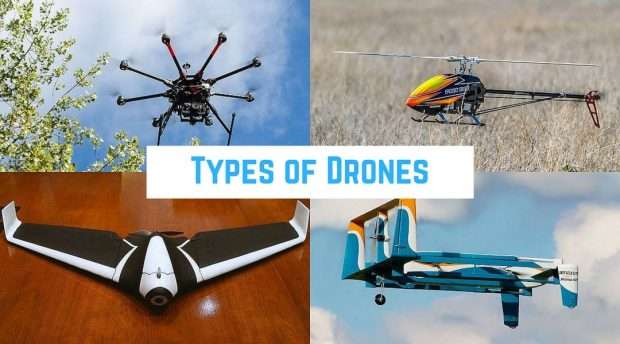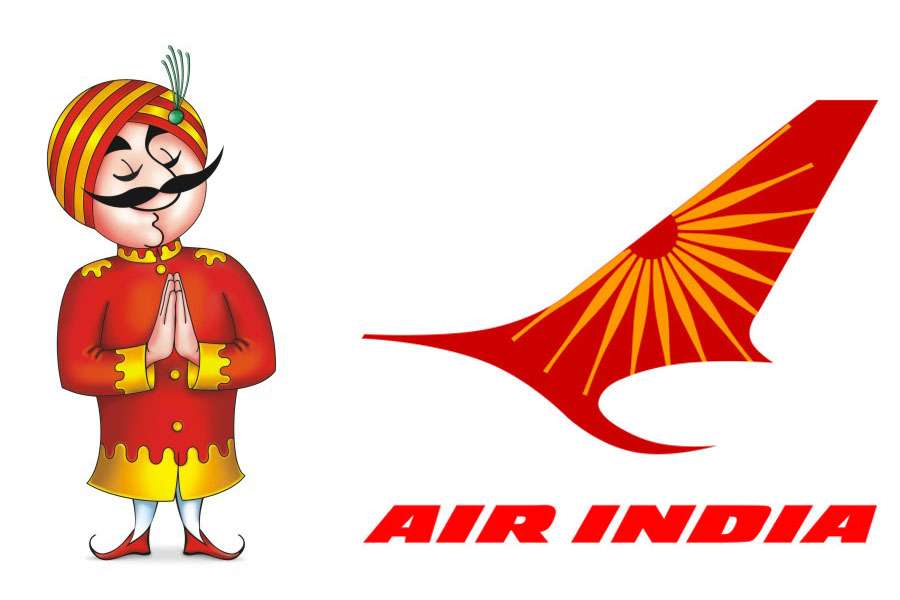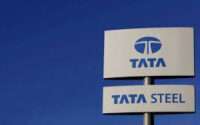Types of Drones in Today’s World
Multi-Rotor
If you want to get a small camera in the air for a short period of time, then it is hard to argue with a multi-rotor. They are the easiest and cheapest option for getting an ‘eye in the sky’, and because they give you such great control over position and framing they are perfect for aerial photography work.
The downside of multi-rotors is their limited endurance and speed, making them unsuitable for large scale aerial mapping, long endurance monitoring and long distance inspection such as pipelines, roads and power lines.
Fixed-Wing
Fixed-wing drones (as opposed to ‘rotary wing’, i.e. helicopters) use a wing like a normal aeroplane to provide the lift rather than vertical lift rotors. Because of this they only need to use energy to move forward, not hold themselves up in the air, so are much more efficient.
The main downside of a fixed-wing aircraft is obviously their inability to hover in one spot, which rules them out for any general aerial photography work. This also makes launching and landing them a lot trickier, as depending on their size you can need a runway or catapult launcher to get them into the air, and either a runway, parachute or net to recover them safely again at the end.
Single-Rotor
While a multi-rotor has many different rotors to hold it up, a single rotor has just one, plus a tail rotor to control its heading. Helicopters are very popular in manned aviation, but currently only fill a small niche in the drone world.
A single-rotor helicopter has the benefit of much greater efficiency over a multi-rotor, and also that they can be powered by a gas motor for even longer endurance. It is a general rule of aerodynamics that the larger the rotor blade is and the slower it spins, the more efficient it is. A single-rotor heli allows for very long blades which are more like a spinning wing than a propeller, giving great efficiency.
The downsides are their complexity, cost, vibration, and also the danger of their large spinning blades.
Fixed-Wing Hybrid VTOL(1)
Merging the benefits of fixed-wing UAVs with the ability to hover is a new category of hybrids which can also take off and land vertically.
There are various types under development, some of which are basically just existing fixed-wing designs with vertical lift motors bolted on. Others are ‘tail sitter’ aircraft which look like a regular plane but rest on their tails on the ground, pointing straight up for take off before pitching over to fly normally, or ‘tilt rotor’ types where the rotors or even the whole wing with propellers attached can swivel from pointing upwards for takeoff to pointing horizontally for forward flight.



